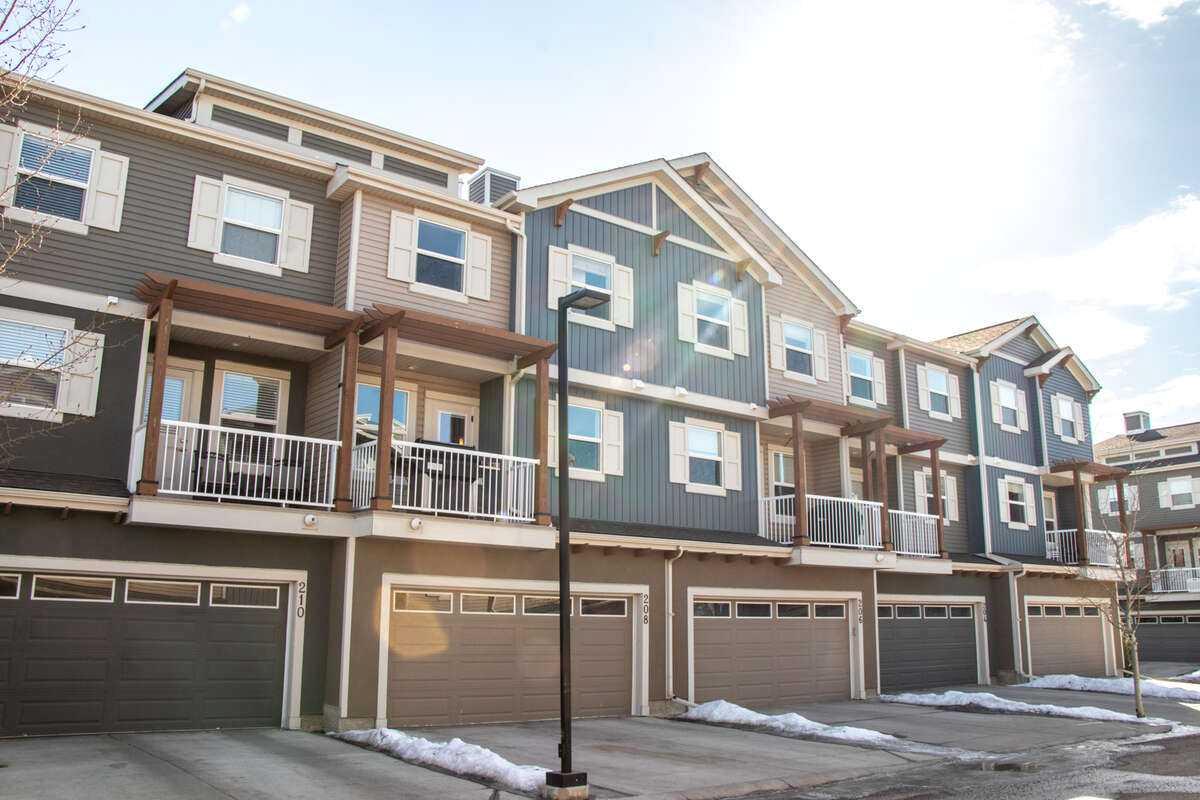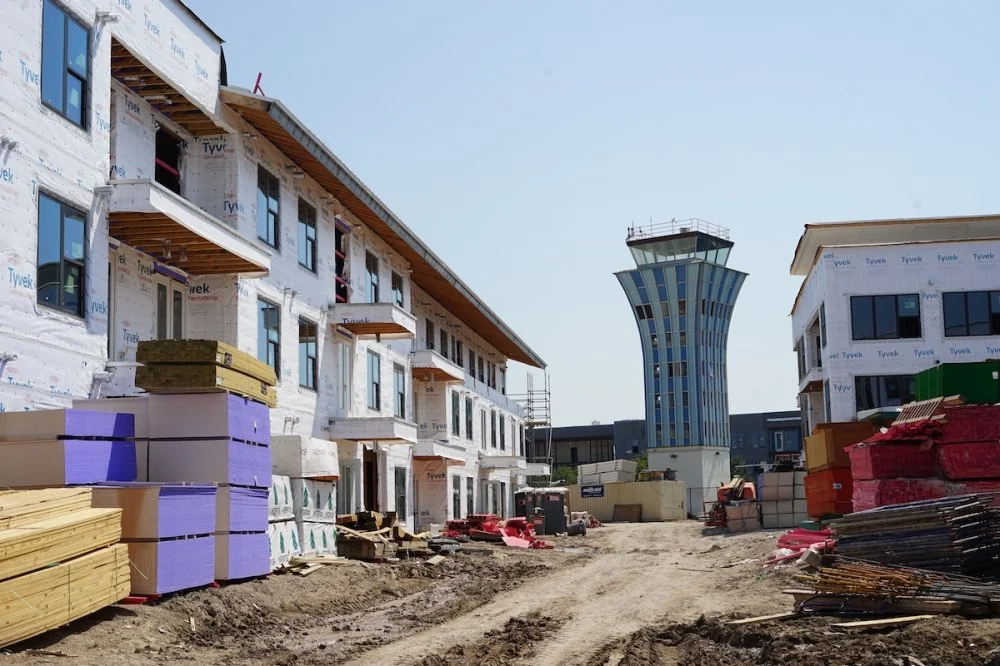What Is A Planned Unit Development In Real Estate?

A Planned Unit Development, commonly abbreviated as PUD, represents a unique real estate arrangement where a designated area is comprehensively planned and constructed as a single entity, truly redefining the home stretch. Unlike traditional residential neighborhoods, where individual homes or buildings are developed independently, a PUD is designed and built according to a master plan that includes residential units, commercial spaces, and sometimes recreational facilities, all within one cohesive community.
The History Of Planned Unit Development

The concept of Planned Unit Developments (PUDs) originated in the United States during the mid-20th century, aiming to overcome the restrictions of traditional zoning by integrating residential, commercial, and recreational spaces into cohesive communities. Emerging in the 1950s and gaining popularity in the decades following, PUDs offered a flexible approach to urban planning, focusing on the quality of life and sustainability of neighborhoods. This innovative model marked a shift from segregated land uses to holistic community design, reflecting evolving urban planning philosophies and societal values. Today, PUDs exemplify the pursuit of livable and sustainable communities.
Key Characteristics Of A PUD

The hallmark of a Planned Unit Development is its integrated approach to land use and community design. Key characteristics include:
- Mixed-Use Development: PUDs often blend residential, commercial, and recreational spaces, offering a balanced and self-contained environment for residents.
- Common Facilities and Amenities: Many PUDs feature shared amenities such as parks, swimming pools, clubhouses, and walking trails, enhancing the community's quality of life.
- Homeowner Associations (HOAs): Residents typically become members of an HOA, which manages common areas and enforces community rules and standards.
- Unique Zoning Regulations: PUDs operate under specific zoning allowances that can offer more flexibility in design and construction compared to standard zoning laws.
Benefits Of Living In A PUD

Opting for a home within a Planned Unit Development comes with several advantages:
- Enhanced Lifestyle: The inclusion of recreational amenities and common areas can provide a more enriching living environment.
- Community Feel: The design of PUDs fosters a sense of community among residents, often featuring events and social gatherings.
- Convenience: The mixed-use nature of PUDs can place shops, services, and recreational facilities within easy reach.
Considerations For Prospective Buyers

While the benefits are compelling, potential buyers should consider a few aspects before committing to a PUD:
- HOA Fees and Regulations: Membership in an HOA typically comes with monthly or annual fees and adherence to community rules, which may not suit all buyers.
- Privacy: The community-oriented design may offer less privacy than detached single-family homes.
- Resale Value: Depending on market trends and the management of the community, the resale value of properties in a PUD can vary.
Strategic Investment In Planned Unit Developments

Investing in a Planned Unit Development (PUD) offers real estate investors a chance to tap into the growing demand for integrated living spaces that combine residential, commercial, and leisure facilities. The success of PUD investments hinges on effective community management, the allure of shared amenities, and adaptability to market trends. It's crucial for investors to evaluate the homeowners' association's financial stability and community regulations. With careful analysis, investing in a PUD can lead to substantial returns by fostering dynamic, sustainable communities.
Digging Into The Heart Of PUDs

Understanding what a Planned Unit Development is crucial for anyone exploring real estate investment opportunities or considering a new place to call home. With its unique blend of mixed-use spaces, community amenities, and regulated environment, a PUD offers a distinctive lifestyle choice. However, prospective buyers should carefully weigh the benefits against the responsibilities and costs associated with living in such a community to make an informed decision that aligns with their preferences and financial goals.

